What is Acacia Fibre, also known as Acacia Gum? It’s a Prebiotic!
Acacia fibre is also known as Gum Arabic or acacia gum – it is a natural gum from the sap of the Acacia senegal tree. It is a soluble fibre, and it is a prebiotic.
Acacia fibre supports digestive health. Here’s how:
- Source of Soluble Fibre: Acacia fibre is primarily “soluble fibre”, which means it mixes with water, forming a gel-like substance.
- It’s a Prebiotic: Acacia fibre acts as a prebiotic, providing nourishment to beneficial gut bacteria, including probiotic bacteria, in the large intestine. These bacteria ferment the fibre, producing short-chain fatty acids (SCFAs), such as butyrate, acetate, and propionate. SCFAs play a crucial role in ensuring good gut health and supporting the integrity of the lining of the intestines.
- Improves Bowel Regularity: Acacia fibre can help regulate bowel movements. It does this by adding bulk to the stool and promoting regularity. It can be particularly useful if you have occasional constipation or irregular bowel habits.
- Reduces the Risk of Diarrhoea: In some cases, Acacia fibre may help reduce loose stool. It has an ability to absorb excess water in the digestive tract, which can help thicken the stool. This may be beneficial if you have watery or loose stools.
- Soothing Effect: Acacia fibre has a soothing effect on the gastrointestinal tract. It can help alleviate symptoms of conditions like irritable bowel syndrome (IBS) by reducing inflammation and irritation in the gut lining.
- Low FODMAP: Acacia fibre is considered low in fermentable oligosaccharides, disaccharides, monosaccharides, and polyols (FODMAPs). This makes it a suitable dietary fibre option for those following a low-FODMAP diet, which is often recommended for IBS. NOTE: A low FODMAP diet should be followed under the guidance of a healthcare professional who is trained in its use. Following a low FODMAP diet for longer than 6 weeks may be detrimental to a healthy gut microbiome and is not recommended.
- Weight Management: Because acacia fibre can promote satiety and slow down digestion, it supports weight management by controlling appetite and reducing overall calorie intake.
What is a Prebiotic?
Prebiotics are different from probiotics, which are the good bacteria that we often take as a supplement, with a goal of improving gut / general health. We have trillions of bacteria living with us – both in and on our body, making up our microbiome. Nowadays, our commensal bacteria are considered another “organ” as research reveals just how important these microbes are for our everyday health.
In contrast to probiotics, a prebiotic is defined as a “non-digestible food ingredient that beneficially affects the host by selectively stimulating the growth and/or activity of one or a limited number of bacteria in the colon, and thus improves host health”. Some strict criteria needed to be met before any substrates can be promoted as “prebiotic”. Gut bacteria ferment a range of prebiotic compounds. For example fructo-oligosaccharides (FOS), galacto-oligosaccharides, and inulin are fermentable.
The polysaccharrides in Acacia fibre are used by the gut microbiota, and are degraded into beneficial substances called short-chain fatty acids (SCFAs), mainly acetate, propionate, and butyrate [Ref]. These health-promoting metabolites can reduce gut inflammation, and improve the health of the gastrointestinal tract. SCFAs also lower the gut pH, making the environment unfriendly for pathogens. Butyrate especially contributes toward the energy requirement by epithelial cells, thus improving intestinal motility.
SCFAs are also absorbed into the blood stream, exerting effects outside the gut. For example:
- Acacia fibre may help combat liver damage by reducing oxidative stress [Ref],
- 30 g /day for three months resulted in significant reductions of blood triglyceride (one of the cholesterol markers) and lower glucose concentrations in type 2 diabetic patients [Ref].
- The favourable shift in the gut microbiota after taking prebiotic fibre may also improve the absorption of minerals [Ref]
Prebiotics should be resistant to digestive activity in the mouth and the small intestine. Once in the colon, they are fermented and selectively promote growth of beneficial microbes and probiotic bacteria such as Bifidobacterium and Lactobacillus [Ref]. Acacia fibre is one of those fibres with that property!
Do you Get Bloating with Prebiotics?
Some people get uncomfortable bloating from some prebiotics and fibres, especially from FOS. The slow fermentation of acacia gum is better tolerated and may offer relief for people who suffer bloating [Ref]. If you are prone to bloating, and have reduced your fibre intake, your gut health will suffer, as important bacteria are not able to thrive. Increase your fibre intake in baby-step. Or Contact Us for an appointment.
The good thing about acacia fibre is that it may be slower to ferment than other prebiotic fibres, making it well-tolerated by most people, no matter what their digestive problem.
How to Use Acacia Fibre
Because acacia fibre is high in soluble fibre, it is thought to help reduce cholesterol, keep blood sugar in check, and thus aid in protecting against diabetes.
As a fibre it may support digestive function, reducing the symptoms of irritable bowel syndrome (IBS), alleviate constipation, and normalise loose stool.
Acacia fibre dissolves in water and thickens with standing. Once swallowed it forms a gel-like substance in the intestines.
Soluble fibre can also aid in suppressing appetite and may support weight loss by helping you stay full for longer.
Dietary sources of soluble fibre are found in oats and barley, nuts, apples, beans, blueberries, flaxseed, glucomannan, and partially hydrolysed guar gum (PHGG).
Recommended Dose of Acacia fibre
Research has demonstrated that 10 – 15 g/day increases the gut microbiota. We suggest gradually increasing the dose.
Adults: Take 1/4 tsp daily. Slowly build up to 1tblsp, twice daily.
Children 2 years and above. Take 1/4 tsp daily.
Stir well and drink promptly for best results.
Do not give to children under 2 years of age without medical advice.
If symptoms persist, consult your healthcare professional.
Keep cool and dry
Keep out of reach of children
It’s important to note that while acacia fibre can provide various digestive benefits, individual responses may vary. If you’re considering adding acacia fibre to your diet or using it as a supplement, we advise consulting with a healthcare professional, especially if you have underlying digestive conditions or are taking medications, to ensure it is appropriate for your specific needs and circumstances. You must drink plenty of water when consuming fibre supplements to avoid potential digestive discomfort or constipation.
REFERENCES
- https://www.ncbi.nlm.nih.gov/pmc/articles/PMC7281958/
- https://pubmed.ncbi.nlm.nih.gov/31509971/
- https://pubmed.ncbi.nlm.nih.gov/14527829/
- https://www.ncbi.nlm.nih.gov/pmc/articles/PMC7468733/
- https://ffhdj.com/index.php/ffhd/article/view/325

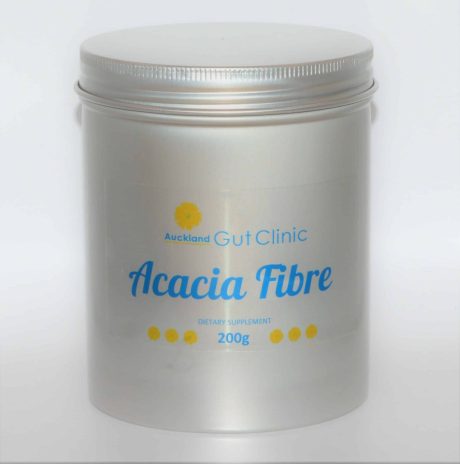
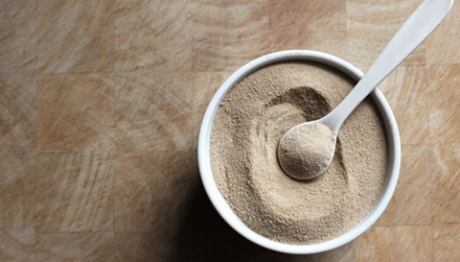
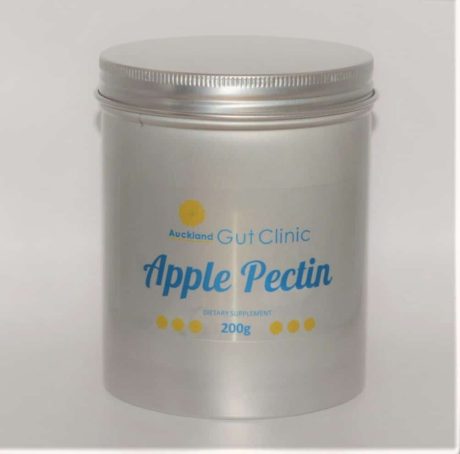
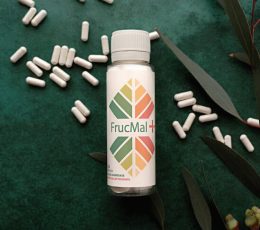
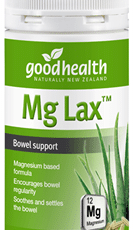





Reviews
There are no reviews yet.